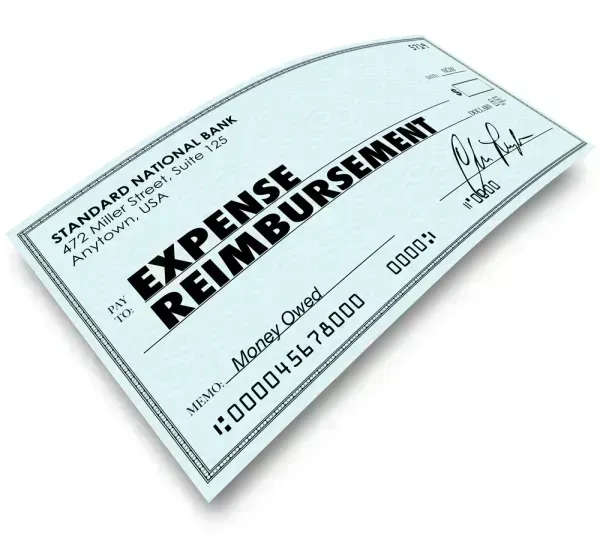Pediatric Coding Alert
News You Can Use:
Take a Peek at ICD-10 2024’s Newest Z Codes
Published on Wed Aug 09, 2023

You’ve reached your limit of free articles. Already a subscriber? Log in.
Not a subscriber? Subscribe today to continue reading this article. Plus, you’ll get:
- Simple explanations of current healthcare regulations and payer programs
- Real-world reporting scenarios solved by our expert coders
- Industry news, such as MAC and RAC activities, the OIG Work Plan, and CERT reports
- Instant access to every article ever published in Revenue Cycle Insider
- 6 annual AAPC-approved CEUs
- The latest updates for CPT®, ICD-10-CM, HCPCS Level II, NCCI edits, modifiers, compliance, technology, practice management, and more
Related Articles
Other Articles in this issue of
Pediatric Coding Alert
- News You Can Use:
Take a Peek at ICD-10 2024’s Newest Z Codes
Plus: catch this updated verbiage in the section on SDoH. As a pediatric coder, you [...] - ICD-10 2024:
Reach Into ICD-10 2024 to Find 173 New Foreign Body Codes
Also: review the FBR codes to use with them. Kids love to explore the world [...] - Condition Spotlight:
Brush Up On Your Coding as Strep Season Continues
Plus: Gain insight into the benefits of observing unusual trends in your practice Though strep [...] - You Be the Coder:
Relieve Your Confusion Over Aspirin Allergy Coding
Question: I’ve been confused for a while about which ICD-10 code is appropriate for reporting an [...] - Reader Questions:
Decipher This Diaper Rash Scenario
Question: We have an infant who came in with diaper rash caused by yeast. Do I [...] - Reader Questions:
Adhere to Documentation to Accurately Assign Asthma with Rhinitis
Question: I’m frequently seeing denials when coding rhinitis or nasopharyngitis with asthma. Is this against an [...] - Reader Questions:
Know When Presenting Problems Don’t Equal Principal Diagnosis
Question: A patient presented with abdominal pain, nausea with vomiting, and diarrhea. The provider did a [...]
View All




